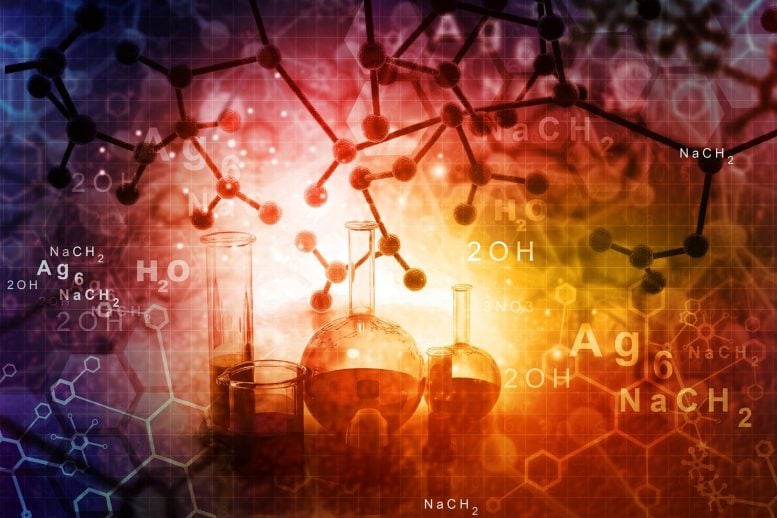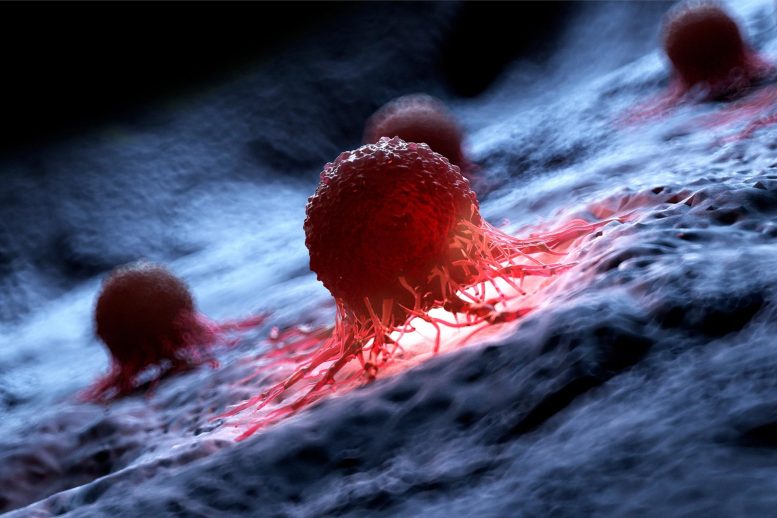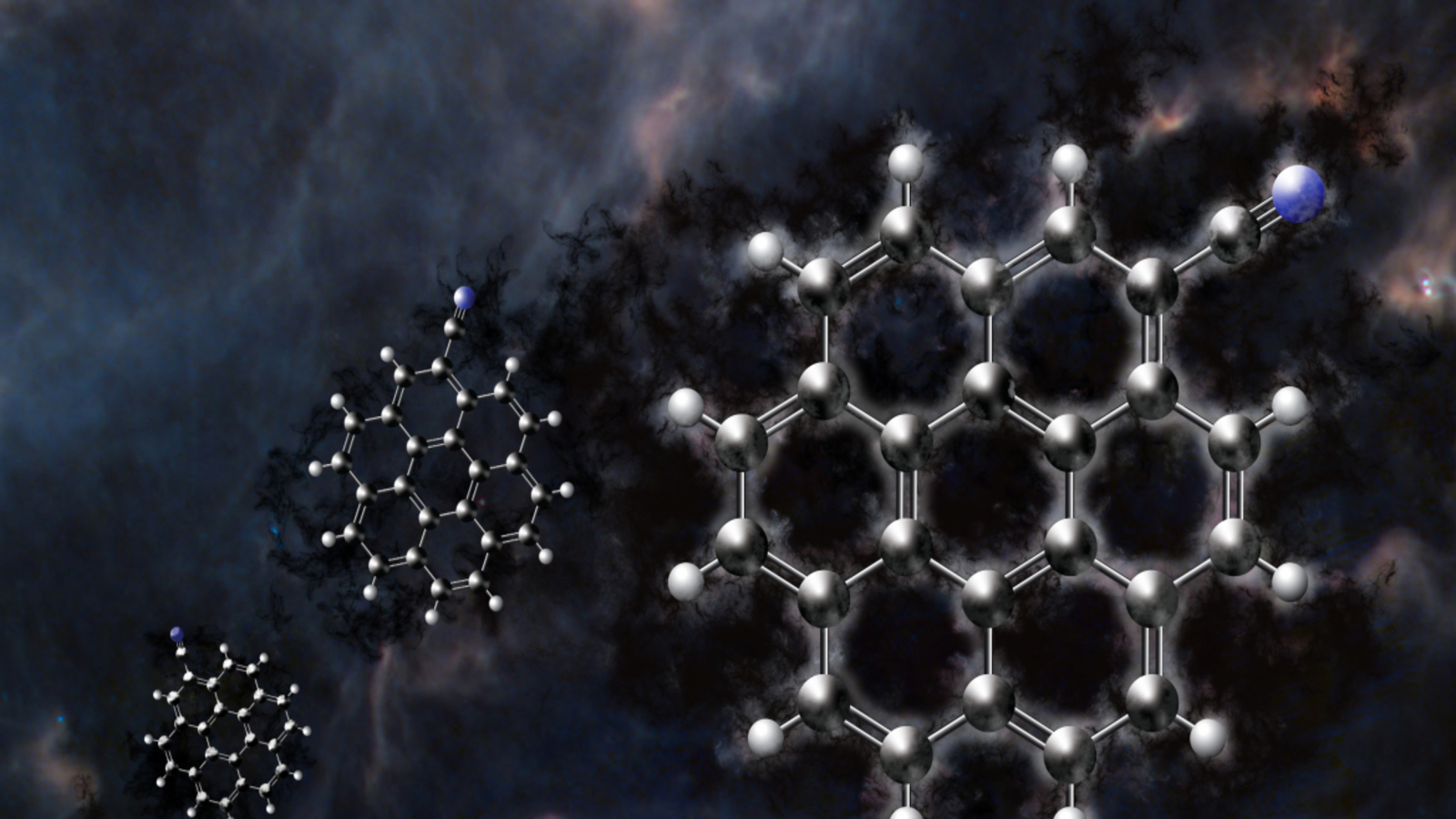Chemistry
Recent Articles
Sort Options:

New machine-learning application to help researchers predict chemical properties
MIT's McGuire Research Group has launched ChemXploreML, a user-friendly desktop app that simplifies molecular property predictions using machine learning. This innovative tool democratizes access to advanced predictive modeling, enhancing research efficiency in chemistry without requiring programming expertise.

Scientists Create the Impossible: New Compound Challenges Fundamental Principle of Chemistry
Researchers at the Okinawa Institute of Science and Technology have synthesized a groundbreaking organometallic compound, challenging the century-old 18-electron rule. This discovery could pave the way for significant advancements in catalysis and materials science.

New Chemistry Discovery Promises More Effective Cancer Drugs With Fewer Side Effects
Researchers have unveiled a groundbreaking method to alter the structure of complex drug compounds using a simple reagent. This innovative approach promises to enhance the development of pharmaceuticals, including vital medications for conditions like breast cancer.

I supercharge NotebookLM with Gemini, and they work together perfectly
A recent article highlights the challenges of explaining complex chemistry concepts to children. The authors recommend NotebookLM as an effective tool for simplifying intricate topics, making learning more accessible and engaging for young minds.

The Real Python Podcast – Episode #256: Solving Problems and Saving Time in Chemistry With Python
This week, the show features Ben Lear and Christopher Johnson discussing their book Coding For Chemists, exploring the motivations behind coding in scientific research and the excitement of problem-solving through programming.

Physicists Solve a 50-Year Mystery About a Critically Important Molecule
Researchers highlight a fundamental discovery with vast applications in astrophysics and quantum technology, emphasizing its potential to revolutionize these fields. This breakthrough could pave the way for innovative advancements and deepen our understanding of the universe.

Astronomers discover 'raw materials for life' can form in planetary systems even before stars
Recent discoveries in organic chemistry are enhancing our understanding of the universe's origins and the fundamental building blocks of life. The publication highlights the significance of these findings in unraveling the mysteries of cosmic chemistry.

Frozen in Time: Scientists Watch Atoms Form Clusters for the First Time
A groundbreaking method utilizing helium droplets and ultrashort laser pulses enables precise control over chemical reactions. Led by Markus Koch, this research provides fresh insights into energy and charge transfer during chemical bond formation, advancing the field of experimental physics.

7 Best Chemistry Courses for 2025
Class Central highlights the top seven online chemistry courses for 2025, catering to various skill levels. These courses range from free options to those offering academic credit, ensuring accessible learning for all aspiring chemists.

Scientists Uncover “Alien” Chemistry Under Earth’s Largest Lithium Deposits
New research published in Science Advances uncovers that lithium-rich brines possess a unique boron-dominated chemistry, setting them apart from typical saline waters. This finding highlights the distinct nature of lithium sources crucial for future energy solutions.

General Chemistry College Course
freeCodeCamp.org has launched a comprehensive General Chemistry video course on YouTube, covering essential topics from basic concepts to advanced theories. Taught by experienced educator Chad McAllister, the course is ideal for students and self-learners alike.